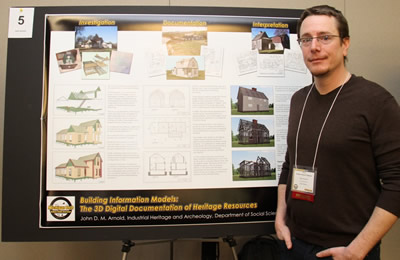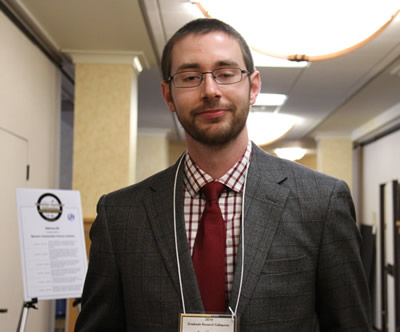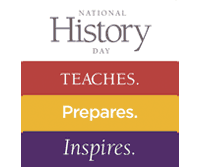 2014 Graduate Research Colloquium
2014 Graduate Research Colloquium
Memorial Union Building Ballroom
Wednesday, February 19th
Human Impact (A2)
Building Information Models: The 3D Digital Documentation of Heritage Resources – John Arnold, Social Sciences
1:00 PM – 2:20 PM: Environmental Studies and Advances in Environmental Protection – Upper Peninsula (B2)
1:20 PM – 1:40 PM: Assessing How Environmental Concerns Impact an Industrial Heritage Landscape – Emma Schwaiger, Social Sciences
2:00 PM – 2:30 PM: Prolonging Disaster (Un)Recovery: “Culturally-Irrelevant” Fish Consumption Advisories in the Keweenaw Bay Indian Community – Valoree Gagnon, Social Sciences
Thursday, February 20th
Environmental Studies and Advances in Environmental Protection (A2)
Social Influence of Family on Non-Industrial Private Forest Landowners’ Land Management Practices – Jennifer Riehl, Social Sciences
12:00 PM – 2:00 PM: Sustainability (B2)
12:00 PM – 12:20 PM: Forestry Certification Schemes and Biopower: Can SFI and FSC Ensure Sustainability of Woody Biomass Feedstocks? – Brad Barnett, Social Sciences
More Abstracts, Presenting Author
Building Information Models: The 3D Digital Documentation of Heritage Resources – John D. M. Arnold, Industrial Heritage and Archeology, Department of Social Sciences
View the Abstract Book | View the Photo Gallery | View the Results








